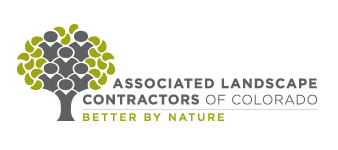| Failure to call 811 could mean costly fiber optic damage |
 |
| Tuesday, October 13, 2020 04:00 AM |
|
Calling 811 for utility locates before you dig is important for even more reasons than safety. As more communities establish fiber-optic cable for internet access, severing a fiber-optic line could become a serious financial and customer service issue for your landscape company. Unlike coaxial cable, fiber-optic cable cannot be “spliced” back together if it is damaged. Replacement is far more costly if your crew is not careful working around it. With fiber-optic cable, the owner of the infrastructure will need to re-run the entire length of the fiber from the nearest vault back to the building. This takes more time and costs much more than repairing coaxial cable. With more people working from home or supervising their children as they attend school remotely, more households are reliant on daytime home internet access. Damaging a fiber-optic line—or any internet connection to a home - could take an employee offline or make it impossible for children to access classes. Currently, some internet providers are unable to offer next-day services to get those customers back online. One careless move could leave your client without access to the office or school for several days. While fiber-optic internet is not available in every Colorado municipality, interest is growing and more communities are considering this important resource for residents. Some Front Range cities have already invested in infrastructure to support a community-wide network. Longmont’s Next Light service has been operating for over five years now. The cities of Fort Collins and Estes Park are currently building their own city-owned, fiber-optic networks. Denver voters will decide this November if their city can overturn Senate Bill 152, which would allow them to begin exploring the possibility of becoming a fiber-optic-enabled city. The City of Loveland has established Pulse, a city-owned network, which is under construction now. Kaila Angello, a marketing specialist at Pulse, noted that while landscape professionals may be used to seeing telecommunication infrastructure connecting from the back of property lots, in Loveland the fiber-optic infrastructure will connect in the front – so it will be important to look for locate markers in this new location. In the same way, landscape contractors can help protect their own installations—and infrastructure owned by their clients—by encouraging HOAs to register their privately-owned infrastructure with 811. Angello noted, “Many neighborhoods may have unmarked private underground facilities in the public rights-of-way (ROWs) that are not registered through Colorado 811 and therefore, are not marked with a locate. We are getting the word out about how important it is to register with 811 so we, and other construction projects, can do our best to avoid them throughout the process of installing these new network types.” Read more in this issue of Colorado Green NOW: |

